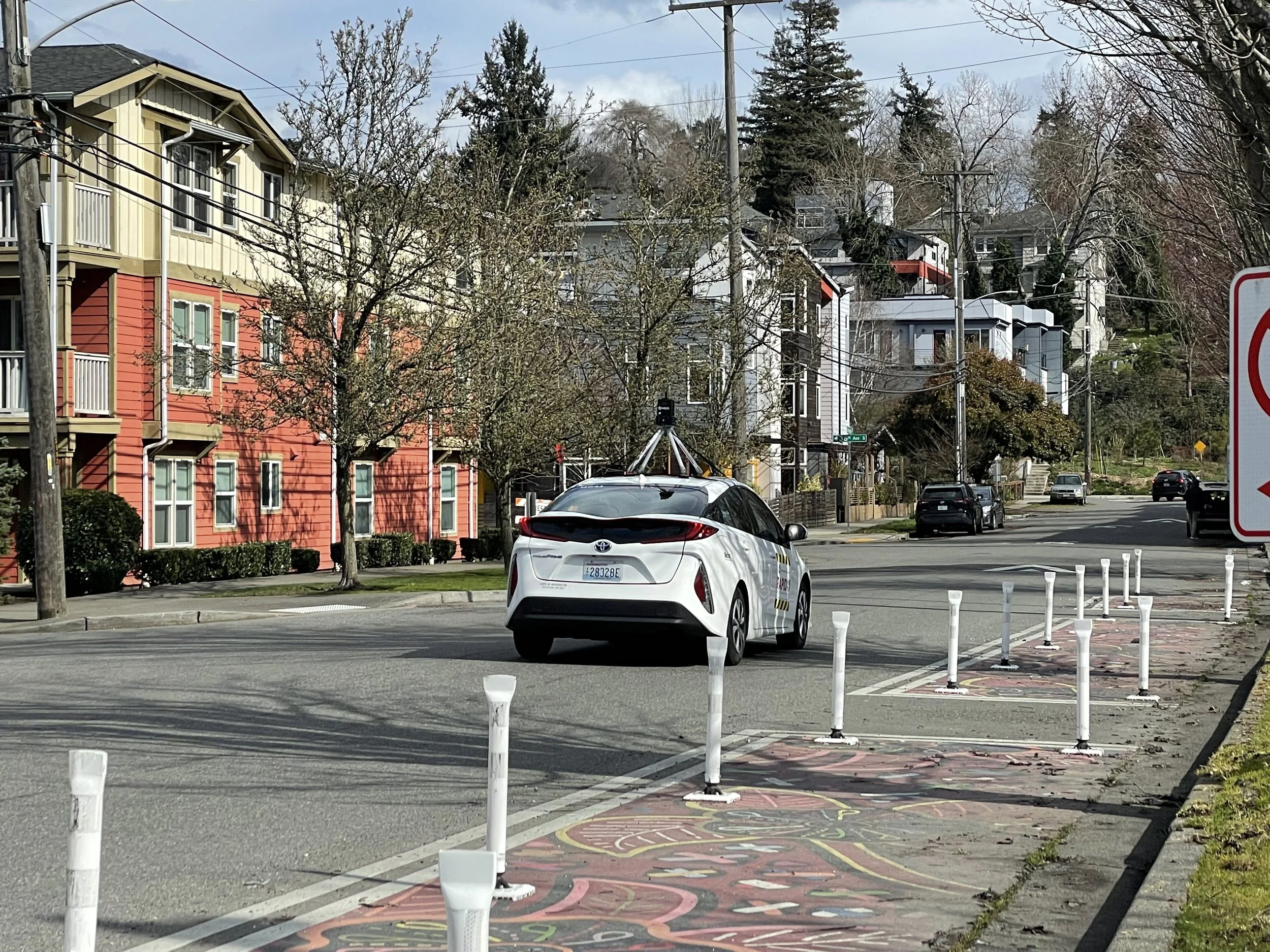How RAPID Technology Revealed Pandemic Behaviors
The Challenge: During the COVID-19 pandemic, public health officials issued critical social distancing guidelines to slow virus transmission. However, understanding how the public actually adhered to these recommendations over an extended period across an entire metropolitan area presented a major challenge for social and health scientists. Existing methods like stationary CCTV footage provided only limited spatial coverage and momentary snapshots, while mobile phone data suffered from known representation biases, leaving researchers without comprehensive tools to study real-world interpersonal distancing behaviors at scale.
A New Approach: A multidisciplinary research team, supported by the National Science Foundation, developed an innovative solution using systematic street-view imagery collection over three years throughout Seattle. The RAPID Facility provided the essential 360-degree camera system that enabled this unprecedented longitudinal study. The team conducted 37 surveys between May 2020 and July 2023, capturing over four million time-stamped, location-tagged images across the metropolitan area.
Data & Discovery: Using advanced computer vision techniques, researchers automatically detected pedestrians in the images and applied a geometry-based algorithm to estimate physical distances between them, generating nearly five million distance calculations. The breakthrough methodology revealed that social distancing behaviors correlated strongly with key factors including vaccine availability, seasonality, and local socioeconomic characteristics. Most significantly, the data showed that vaccine availability marked a clear turning point—after April 2021 when vaccines became publicly available, the number of people within 9 feet of each other increased substantially and remained elevated. The analysis also revealed important behavioral differences at various community locations, with faith-based organizations showing the highest rates of close proximity interactions and schools showing the lowest.
Impact: This research, published in PLOS ONE, represents the first longitudinal study of outdoor social distancing behaviors using computer vision at metropolitan scale. The methodology provides public health officials and policymakers with a powerful new tool for understanding community compliance with health recommendations during crises. The findings revealed systematic inequities in potential COVID-19 exposure risk, with lower-income areas experiencing higher levels of pedestrian proximity despite these communities facing greater health risks. By enabling comprehensive, objective measurement of social behaviors over extended time periods, the RAPID Facility's instrumentation helped create a replicable framework for studying public health interventions. This approach offers critical insights for crafting more effective and equitable public health strategies for future health emergencies.
Citation: Martell, M., Salazar, C., Errett, N. A., Miles, S. B., Wartman, J., & Choe, J. Y. (2024). Outdoor social distancing behaviors changed during a pandemic: A longitudinal analysis using street view imagery. PLOS ONE, 19(12), e0315132. https://doi.org/10.1371/journal.pone.0315132

